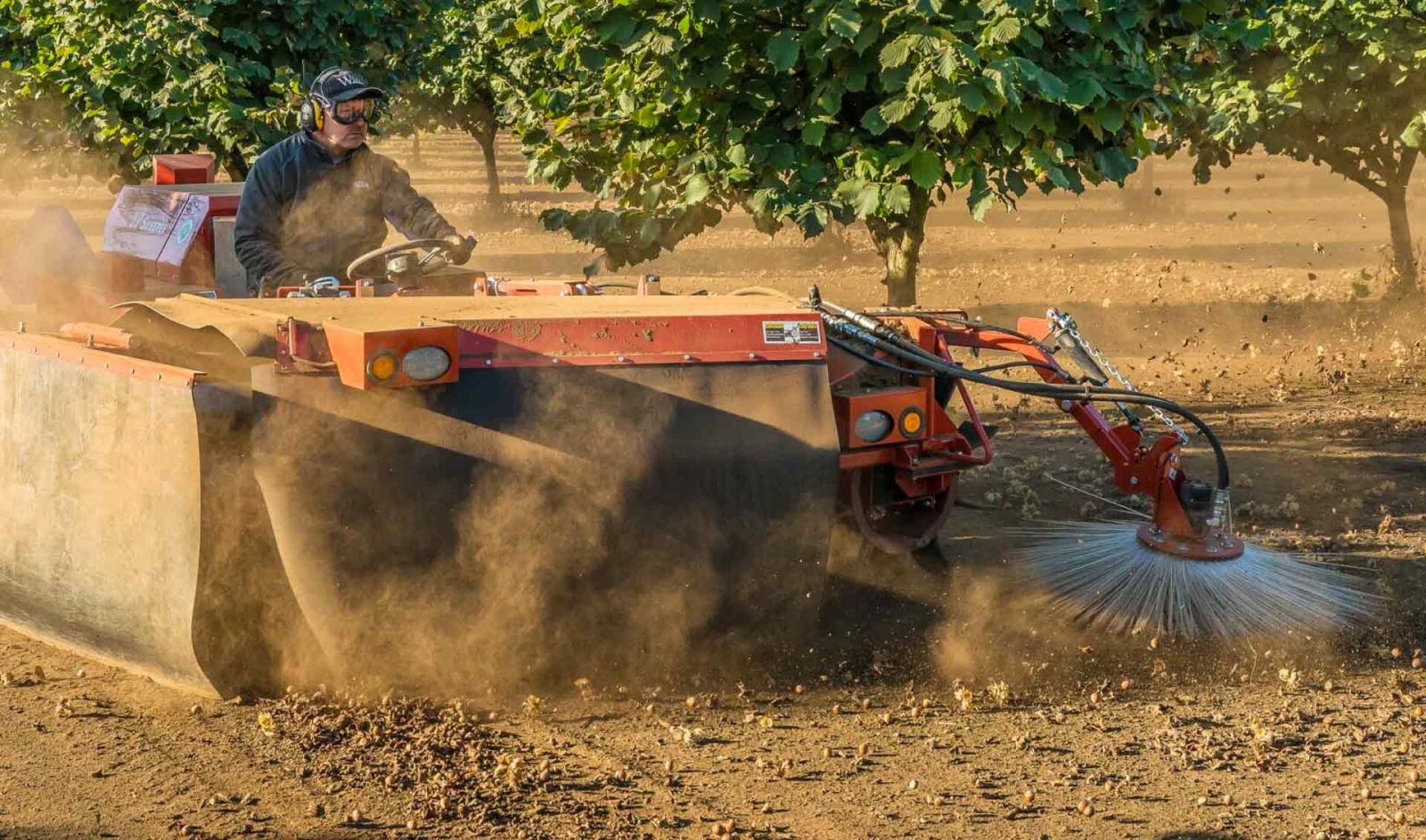Spring Sucker Control
With the warm spring, we are having, the battle for control of suckers can seem daunting. With so many sucker control options we wanted to share our impression of different control methods and combinations. Methods are listed in order of tree age.
Hand Pruning is the safest method of control as no herbicide is used. The issue is labor cost. Many growers will use hand pruning once or twice just after the tree guards are removed and before solid bark has formed or once in the fall to clean up suckers that have been missed.
Aim (Carfentrazone) by itself is a safe control option for younger trees or trees that have had their grow tubes removed, as long as the tree is fully barked over and healthy. Aim is a contact only and so coverage is very important. When used as a strip spray Aim will only control broadleaves.
Rely (Glufosinate) or a combination of Rely and Aim are good options for young trees that are fully barked over and robust. Rely lasts a little longer than just Aim by itself and is a good combination for strip spraying as it controls both small grasses and broadleaves. Rely works best when temperatures are warm. Contact only so coverage is important.
Gramoxone (Paraquat) is an inexpensive option for older trees, especially when you are also wanting to do a strip spray or full floor spray. A restricted product that has human health risks when used inappropriately, this chemistry isn’t for everyone. Contact only so coverage is important.
2,4-D is a compound that is seeing more use on older trees for spring sucker control. The chemistry is systemic through the sucker tissue. This causes longer lasting control of suckers, but there are risks. Late spring and summer sprays when temperatures are hot can cause volatility, where vapor from the sprayed surface lifts off and can damage leaves. OSU is also researching the long-term effects of 2,4-D application on tree health and nut drop.
For the best results, work closely with your agronomist to determine the right spray material. Timing is very important as the smaller the sucker the easier it is to control. Large suckers start to bark over and must be removed by hand.
Regardless of method, sucker control is very important to keep energy moving to the tree canopy and make for easy picking come fall. Be sure to follow labels closely and pick the right spray for both the time of year and the tree age. Choose nozzles that minimize drift but still provide good coverage. Include a non-ionic surfactant to improve coverage and a drift reduction additive like Interlock to avoid off-target damage.


